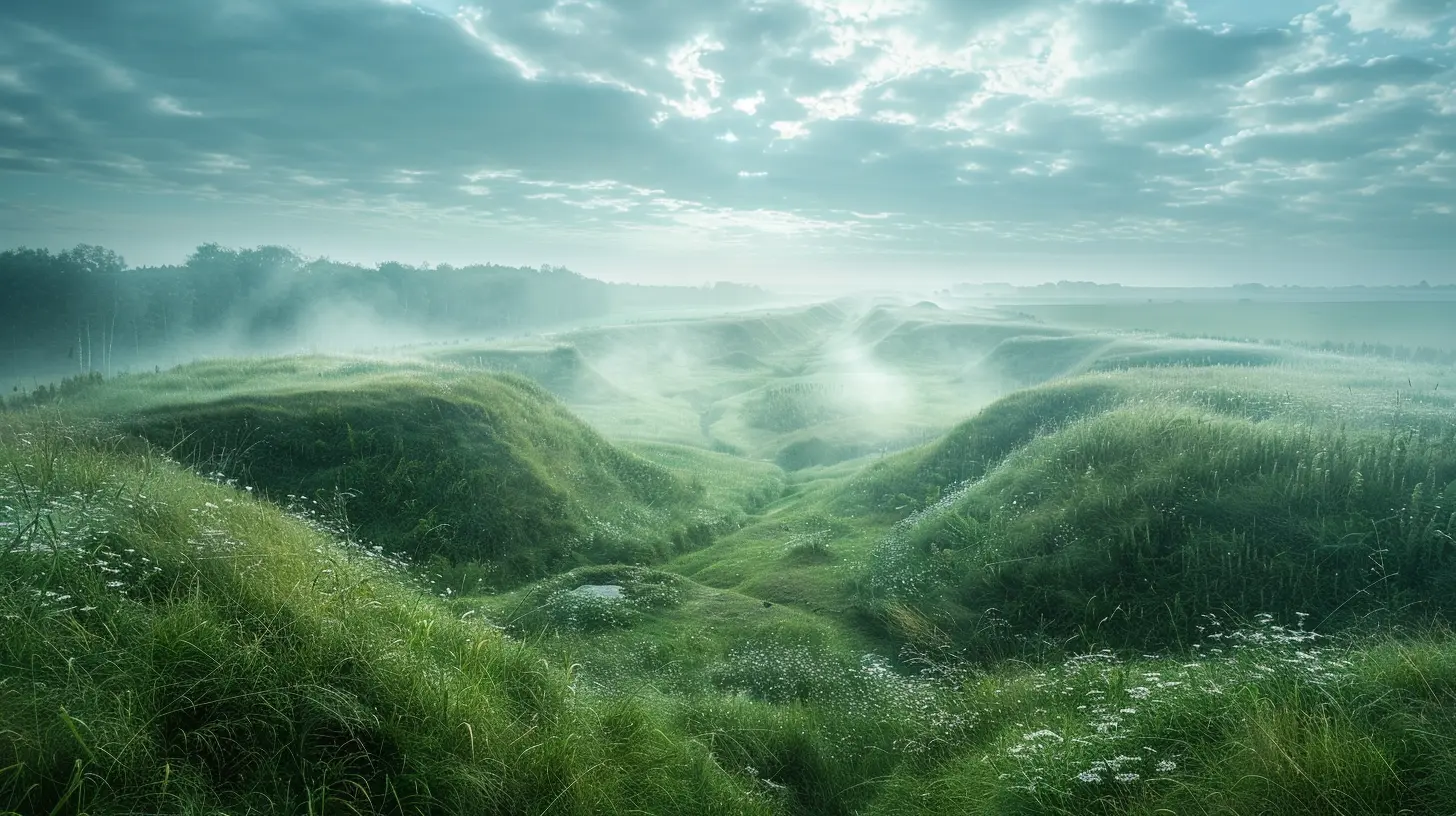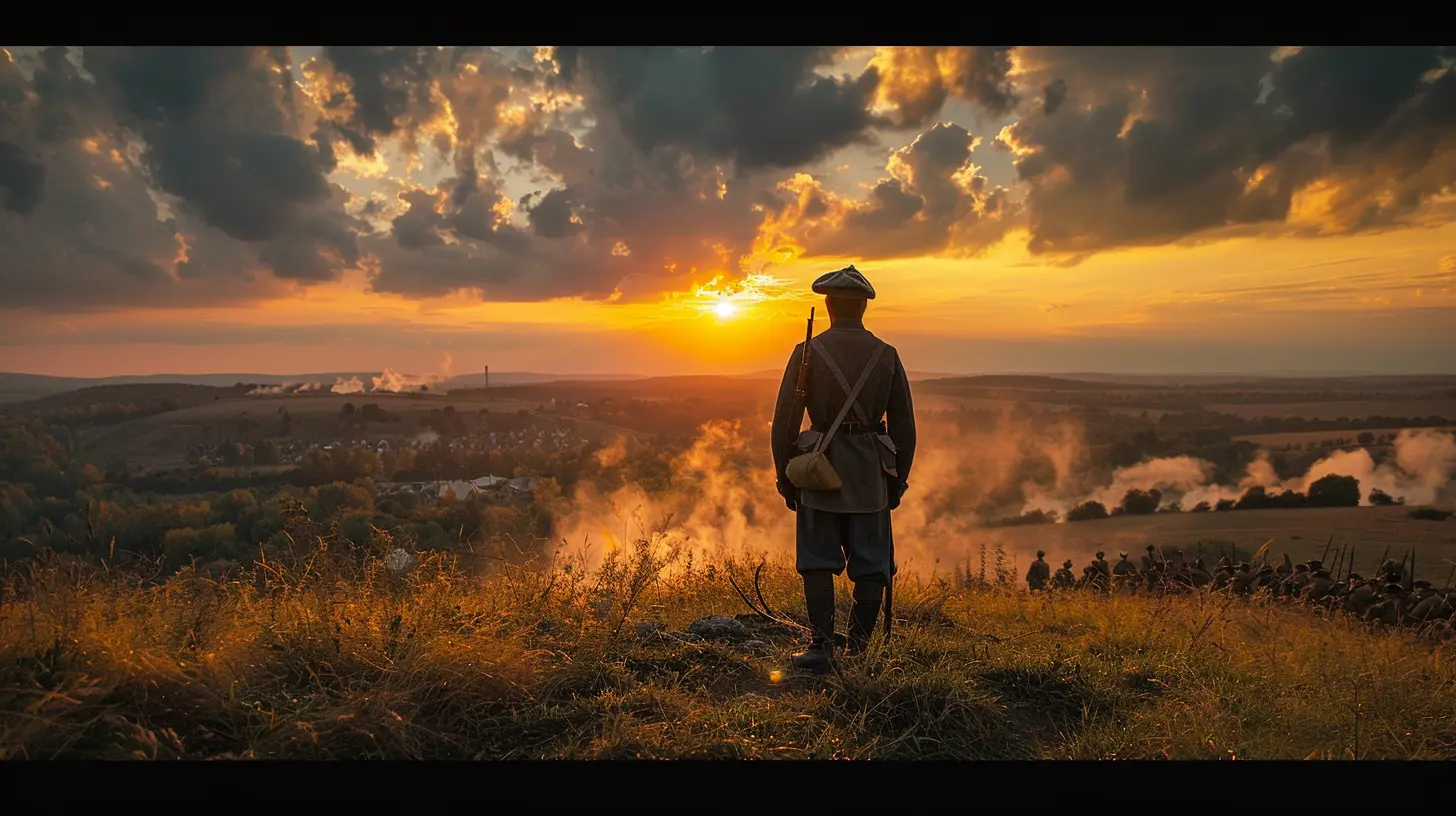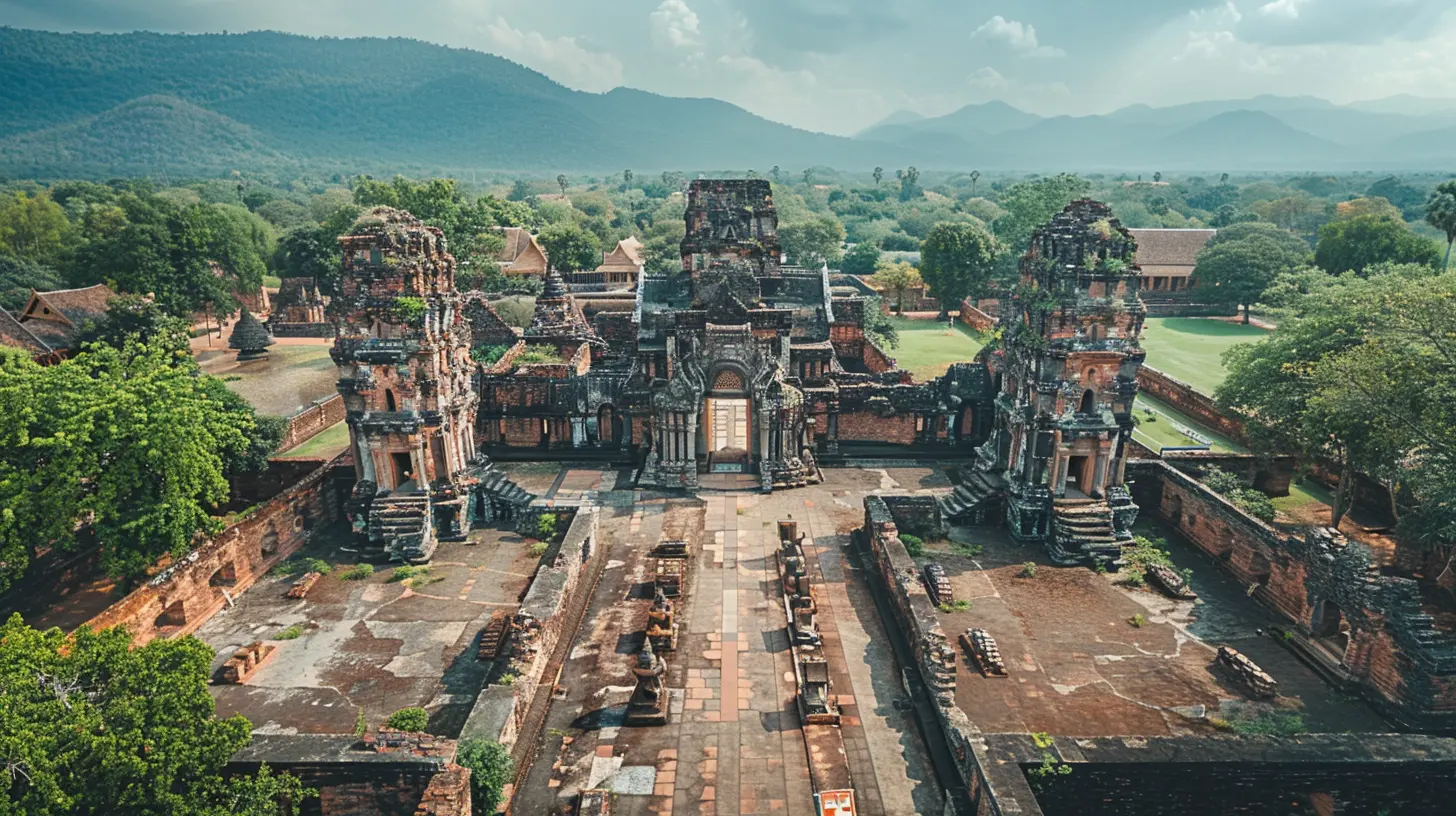Historic Battlefields That Shaped the World
27 June 2025
History isn’t just about dates and names; it’s about battles that changed the course of humanity. The ground beneath our feet has soaked up the blood of warriors, witnessed empires rise and fall, and carved stories into the fabric of time. Some battlefields left such a mark that they still echo through history books, war stories, and even modern politics.
So, grab your metaphorical sword and shield because we’re diving deep into the historic battlefields that shaped the world as we know it.

1. The Battle of Thermopylae (480 BC) – When 300 Spartans Stood Firm
Few battles have captured the imagination of history buffs like Thermopylae. Picture this: 300 Spartan warriors, backed by a few thousand Greek allies, standing against the massive Persian army of King Xerxes—some say it was a million strong (probably an exaggeration, but still).For three days, the Spartans, led by King Leonidas, held their narrow pass with sheer grit and tactical brilliance. They knew they would die, but their sacrifice allowed Greece to regroup and eventually defeat Persia. Had the Persians won outright, Western civilization as we know it might look very different today.

2. The Battle of Hastings (1066) – The Birth of England as We Know It
Ever wonder why the English language has so many French words? You can thank (or blame) the Battle of Hastings. William the Conqueror of Normandy invaded England, challenging King Harold II’s claim to the throne. On October 14, 1066, their armies clashed in a brutal fight that changed England forever.Harold was killed—legend says he took an arrow to the eye—and William secured his place as the new king. This victory introduced Norman culture, reshaped England’s social structure, and left a legacy that still lingers in modern British law, customs, and language.

3. The Battle of Agincourt (1415) – England’s Underdog Victory
Imagine being outnumbered 5 to 1, exhausted, and facing an elite enemy force. That’s exactly what English King Henry V and his troops were up against in the Battle of Agincourt during the Hundred Years’ War.Armed with longbows and tactical genius, the English overcame a much larger and heavily armored French army. The result? A defining victory that cemented England’s military reputation. The longbow became the medieval equivalent of a sniper rifle, and Henry V went down in history as one of England’s greatest warrior kings.

4. The Battle of Waterloo (1815) – The End of Napoleon’s Reign
Napoleon Bonaparte, the man who made Europe tremble, met his match at Waterloo. After escaping exile and rallying his forces, he aimed to reclaim his empire. But the Allies—British, Prussian, and Dutch forces—stood in his way.On June 18, 1815, Waterloo became Napoleon’s final battleground. His defeat marked the end of the Napoleonic Wars and changed Europe’s power structure. France no longer dominated, and Britain emerged as the world’s next superpower. To this day, the phrase “meeting your Waterloo” is synonymous with facing an ultimate defeat.
5. The Battle of Gettysburg (1863) – The Turning Point of the American Civil War
If you’ve ever heard the Gettysburg Address, you know just how important this battle was. In July 1863, Union and Confederate forces clashed in a brutal three-day fight that left nearly 50,000 dead or wounded.Gettysburg was more than just another battle—it was the moment the Confederacy lost its momentum. From then on, the South fought a losing war, and two years later, the United States remained united. Had things gone differently, the U.S. might be split into two nations today.
6. The Battle of Stalingrad (1942-1943) – The Nazi Defeat That Changed WWII
One word: brutal. The Battle of Stalingrad wasn’t just a fight; it was hell on earth. Nazi Germany and the Soviet Union clashed in one of the deadliest battles in history, with nearly two million combined casualties.Stalingrad was more than just a city—it was a symbol. Hitler wanted it for its name and prestige, while Stalin refused to let it fall. After months of bloody street fighting, starvation, and unimaginable hardships, the Soviets encircled and crushed the German 6th Army. This marked the turning point of World War II, making Hitler’s defeat inevitable.
7. The Normandy Landings (D-Day, 1944) – The Beginning of the End for Nazi Germany
If there’s one battle that screams “Hollywood war epic,” it’s D-Day. On June 6, 1944, Allied forces launched the biggest amphibious invasion in history, storming the beaches of Normandy under a hail of gunfire.It wasn’t just a battle—it was the beginning of the liberation of Nazi-occupied Europe. Soldiers from the U.S., Britain, and Canada fought tooth and nail to secure the beaches, paving the way for the fall of Hitler’s regime. Had D-Day failed, history could have taken a much darker turn.
8. The Battle of Midway (1942) – The Turning Point in the Pacific War
World War II wasn’t just about Europe. In the Pacific, Japan seemed unstoppable—until the Battle of Midway changed everything.Just six months after Pearl Harbor, the U.S. Navy scored a stunning victory by ambushing the Japanese fleet. Four Japanese aircraft carriers—prized assets—were sunk, and Japan never truly recovered. This battle flipped the Pacific War, turning the tide in favor of the Allies and eventually leading to Japan’s surrender in 1945.
9. The Battle of Dien Bien Phu (1954) – The End of French Colonial Rule in Vietnam
Think Vietnam War, and you probably picture American troops in the 1960s. But before that, there was the Battle of Dien Bien Phu.French forces, hoping to crush the Vietnamese resistance, set up a fortress in a valley—big mistake. The Viet Minh, led by General Vo Nguyen Giap, surrounded and bombarded them for nearly two months. The French surrendered, marking the end of France’s colonial rule in Vietnam. The aftermath? The division of Vietnam into North and South, setting the stage for the infamous Vietnam War that followed.
10. The Battle of Mogadishu (1993) – A Modern-Day Military Disaster
Popularized by the movie Black Hawk Down, this isn’t a battle from centuries past—it happened in the 90s. U.S. forces, on a mission to capture a Somali warlord’s top lieutenants, found themselves trapped in an intense urban battle in Mogadishu.What was supposed to be a simple raid turned into a bloody firefight that left 19 U.S. soldiers dead and many more wounded. The battle exposed the dangers of urban warfare and shifted U.S. foreign policy, making leaders hesitant about deep military involvement in failed states.
Final Thoughts
War isn’t just about soldiers clashing; it’s about shaping the world. These battlefields witnessed history in the making, altering borders, cultures, and entire civilizations. Whether it was a fight for survival, freedom, or empire, the echoes of these battles still ring through time.Next time you walk across an old battlefield, remember—you’re stepping on the ground where history was written in blood, sweat, and sacrifice.
all images in this post were generated using AI tools
Category:
Historical SitesAuthor:

Pierre McKinney
Discussion
rate this article
2 comments
Ulysses Erickson
Where echoes of valor linger in silence.
September 30, 2025 at 3:03 AM

Pierre McKinney
Thank you for your poetic reflection! The silent echoes of valor indeed remind us of the sacrifices made on these historic battlefields.
Rhea Chavez
Explore these battlefields for a deeper understanding of history and its lasting impact today.
July 6, 2025 at 3:22 AM

Pierre McKinney
Absolutely! Exploring these battlefields provides valuable insights into our past and helps us appreciate their influence on contemporary society.


